By Alma Flores & Gerardo Rivera
China Invented it, Italy named it and Mexico claimed it for all time.
The Chinese Piñata Connection
In the childhood memories of every Mexican there is a scene full of excitement: with a blindfold over our eyes and a broomstick styled pole in our hands, to the tune of the cries and chants of aunts, cousins and little friends who sing strike it, strike it, strike it, don’t loose your aim, ’cause if you loose it, you’ll loose your way!, the child we were twirls and jumps, stretching arms to reach and strike the evasive piñata that flies, up and down.
Higher! Lower! Straight ahead!- above our heads. And together with this memory, we remember the magic of becoming, in the happy case of being the lucky one who broke the pinata, the hero or heroine of the party.
The pinata is always associated with a party or fiesta, a Mexican fiesta. Throughout the world, the piñata is referred to as a tradition that originated in our land, to the degree that piñatas of different shapes and sizes travel to other countries in the baggage of millions of travelers that visit our nation and that wish to return to their homes with a very Mexican memento.
However, everything points to the fact that the extremely Mexican piñata had its origin in remote China. In ancient times they were made in China to receive every new season of the year. That is why they had the shape of a pig, an ox, a cow, a buffalo or other favorite symbols of the Chinese culture and calendar.
Covered in colorful paper (known as papel de China or China paper) that we assume was made of rice fibers, they were filled with five types of seed, which came flying out and scattered over the ground when the Mandarins struck the figure with wooden staffs covered in gay colors.
Afterwards, the paper that covered the “piñata” was burned and the party guests threw themselves to the ground, like children do today, in order to get a little piece of the burned paper, as fragile as a black butterfly’s wings, which for them symbolized good luck.
It was the legendary Venetian explorer, Marco Polo, who in the thirteenth century brought the first “piñatas” back to Europe.
Italy and the Pignatta and Spain too
In Italy, they were adopted for the celebration of Lent, and the first Sunday of Lent became known as Piñata Sunday.
Originally they were made, without any decoration, out of what looked like a clay water pitcher, this is the reason behind the Italian name pignatta, which means fragile pot. It is also said that the traditional shape was that of a pine cone, pigna in Italian.
The Bourbons, rulers of Naples and the two Sicilies, added them into their parties, and instead of seeds, they filled them with gold coins and precious gems. It was customary to give a more modest piñata amongst the Italian peasants during the forty days prior to the Catholic celebration of Christ’s resurrection, or Lent.
On the other hand, Mayans, ancient sports fans. would blindfold each player’s eyes while he tried to break a pot hanging from a rope. Thus, the missionaries did no more than ingeniously transform these games to educated the indigenous population in their own religion.
That is how the traveling pot arrived in Mexico. Without a doubt, it was here where it reached its peak not only in regard to handicraft richness but to its pervasiveness and ubiquity. Mexican people found it impossible not to give them a more creative touch: the magical hands of Mexican artisans took the simple clay pots and turned them, with the help of tissue paper, into seven-pointed stars, or into the shapes of colorful local birds, fruits, and vegetables.
For centuries the pinata fulfilled a religious purpose. Dressed in tinsel, it represented in Catholic religion the deceit and vanity of the world, and
each one of its elements had a profound symbolism in the battle between Good and Evil.
The decorated pot, beautiful, bright and alluring, represented the devil or the spirit of Evil that with its appearance attracted and fooled men, and that is why the seven-pointed pinata was the favorite because it represented the seven capital (deadly) sins:
- greed
- gluttony
- sloth
- pride
- envy
- anger &
- lust
The rope, on the other hand, suspended above people’s heads, symbolized the temptations that were offered to man so he would be led astray and led into the kingdom of Evil. The blindfold over the eyes was blind faith in God, which helped destroy the evil spirits. The pole and the beatings were the force of virtue that breaks through the world’s deception.
Thus, when the pinata was broken, the sin and evil passions that threatened men’s souls were destroyed, whereas truth and the gifts of faith, perseverance, and grace in God spilled out of it in the shape of the candy and fruit that fell from the colorful pot.
But the pinata has also been associated with other Christian values. With hope: when it dances on the rope, above the heads of the party guests, everyone turns –looking for the prize- their eyes towards heaven. And with charity: when it is broken, everyone can share the prize.
The Modern Piñata, religious no more
The Mexican people, less solemn and always so festive, little by little with the passing of centuries slowly expropriated the custom of the posadas, and with them the pinata, from the Catholic Church. The posadas withdrew, with all their jargon, from the church atrium and wandered out to the streets, finding refuge in neighborhoods, alleyways, patios, and huts.
The pinata changed too, and the religious symbol was taken over by people always eager to celebrate. Traditionally stuffed with candy or colaciones, and with peanuts, sugar cane, jícamas, guavas, oranges and tejocotes, which are the fruits of the winter season, or -the more sophisticated- with chilitos (chili candies) and all types of little toys, or -as a joke- with flour and confetti, or flour and water balloons, the pinata became a central part, a symbol, of the gaiety of many of our fiestas.
After many years the pinata transformed into the greatest representative of any children’s party, especially birthday celebrations, and today, in Mexico, we find pinatas in as many shapes as there are varieties of children tastes.
As extra options beyond the traditional star shaped ones, or the seven-pointed, there are now animals, such as parrots, turkeys, rabbits, dogs, elephants, owls, fish, bulls; all kind of characters such as witches, clowns, politicians, comic book heroes and movie stars –Donald Duck and Daisy, Mickey and Minnie Mouse, Goofy, Popeye, Frankenstein, Casper, Pokemon and even the Chavo del Ocho, a famous Mexican children’s comedian-, mermaids and sea horses: flowers and fruit, like those of earlier times; ships, planes, space ships… Imagination and piñata shapes have no limits. In fact, many pinatas are custom made for each client, or, better said, each child’s taste.
For our children, and the children that we once were, the profound religious symbolism is no longer important. For children, there is nothing in the world that is more exciting than breaking a pinata, and the adults that surround the piñata also feel these now hidden feelings. Every one of us, if we could, or if we dared, would ask for the chance, even just one, to repeat the beautiful ritual, to the tune of “strike it, strike it, strike it…” The glitter in our eyes always betrays our true feelings.
Last Updated on 11/02/2023 by Puerto Vallarta Net



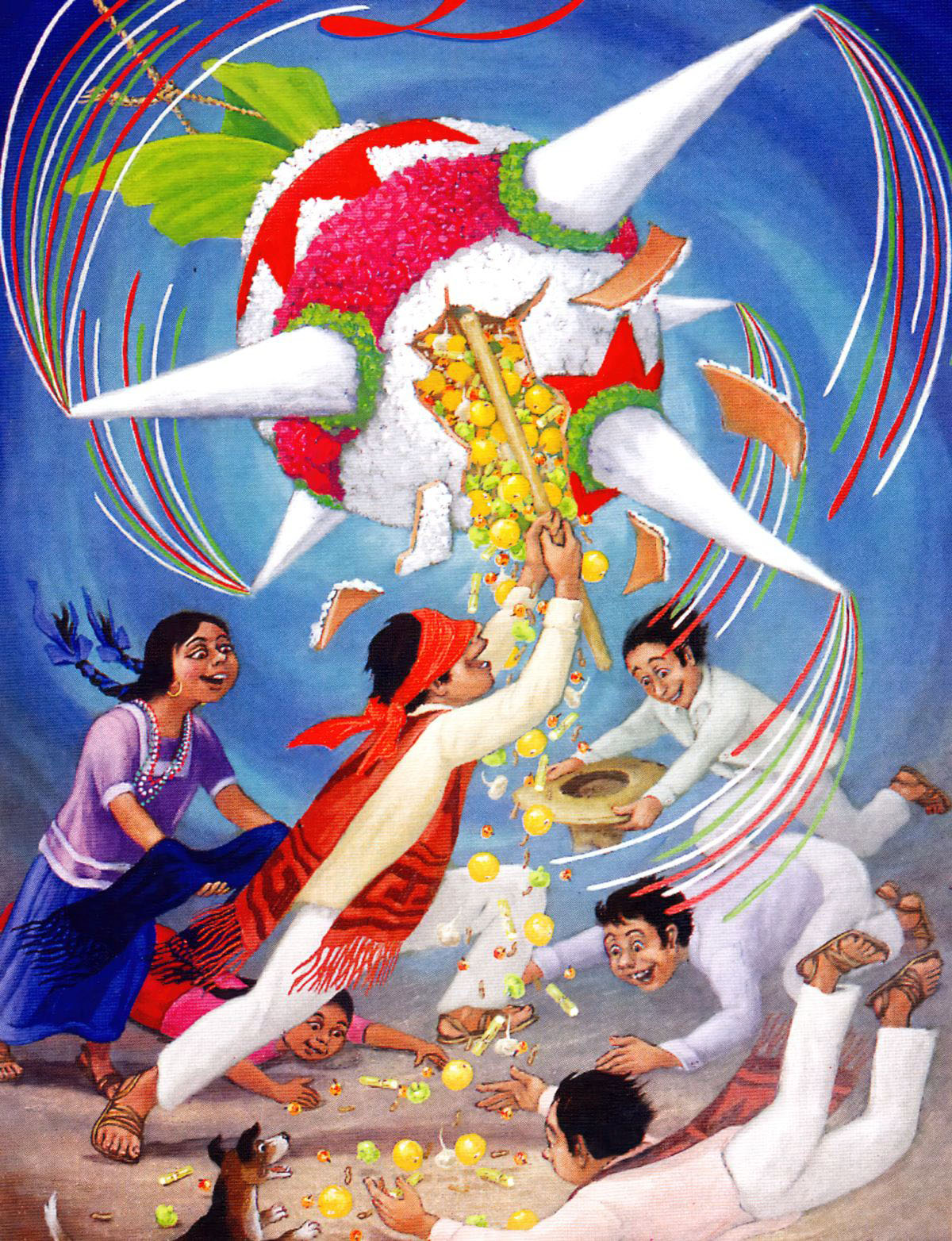
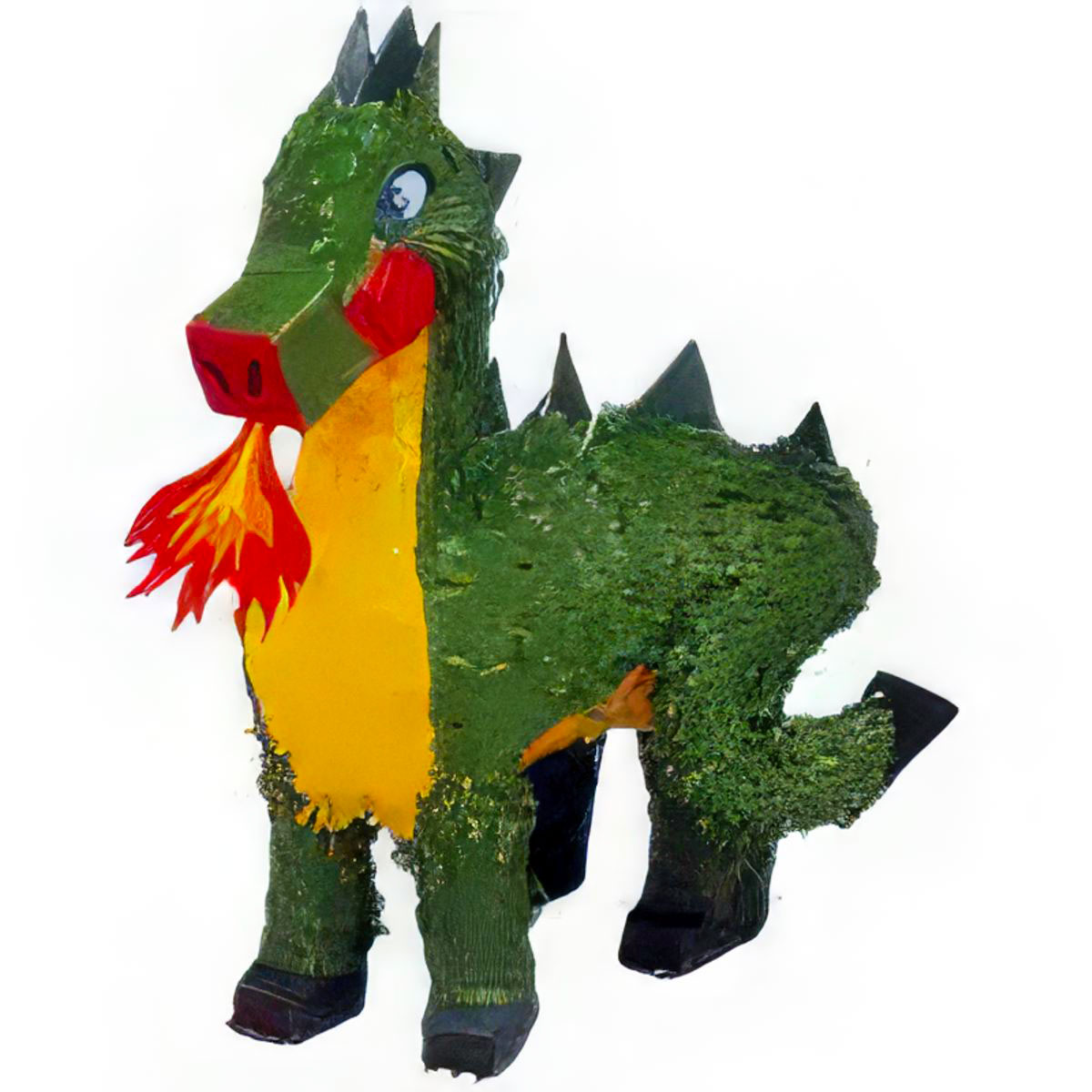
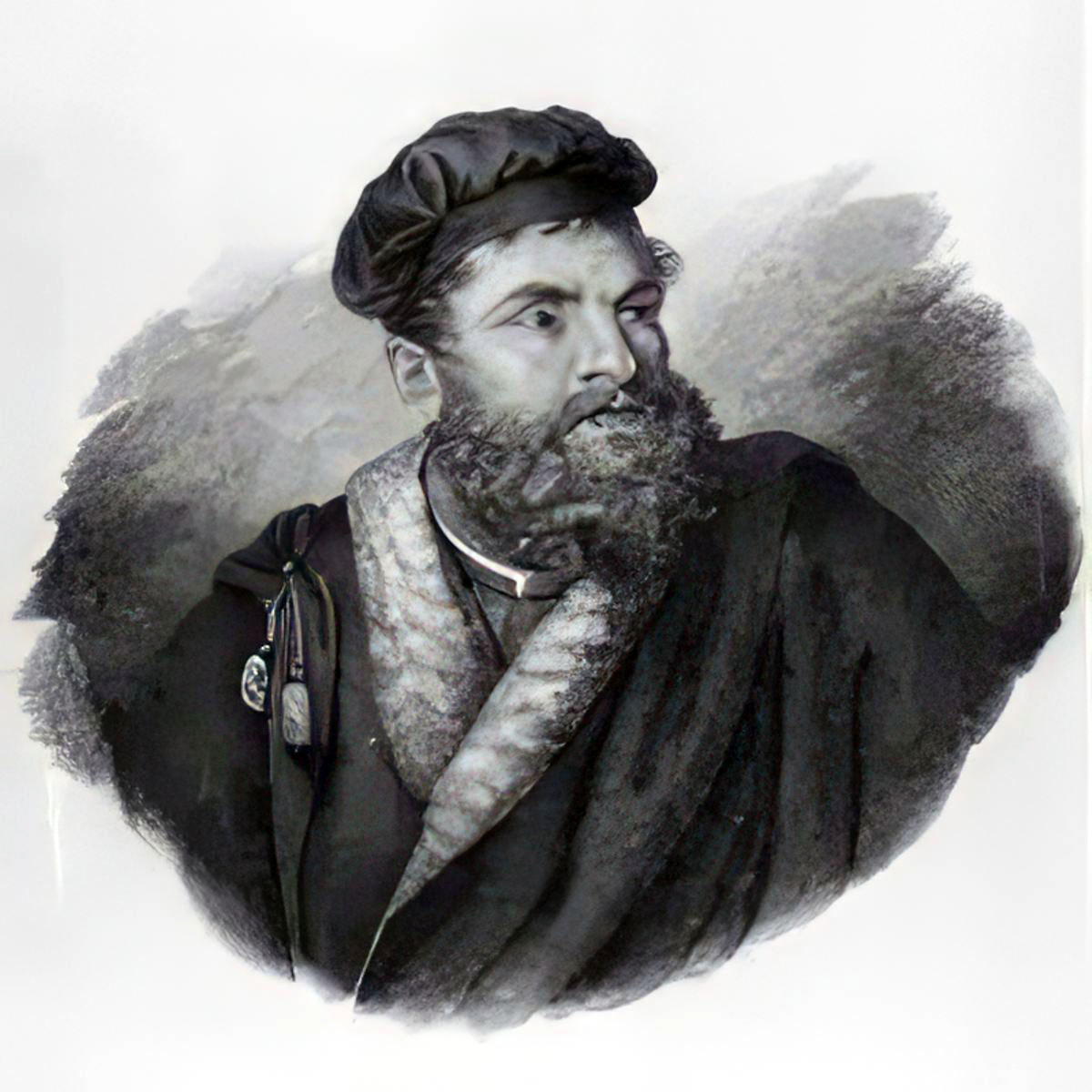
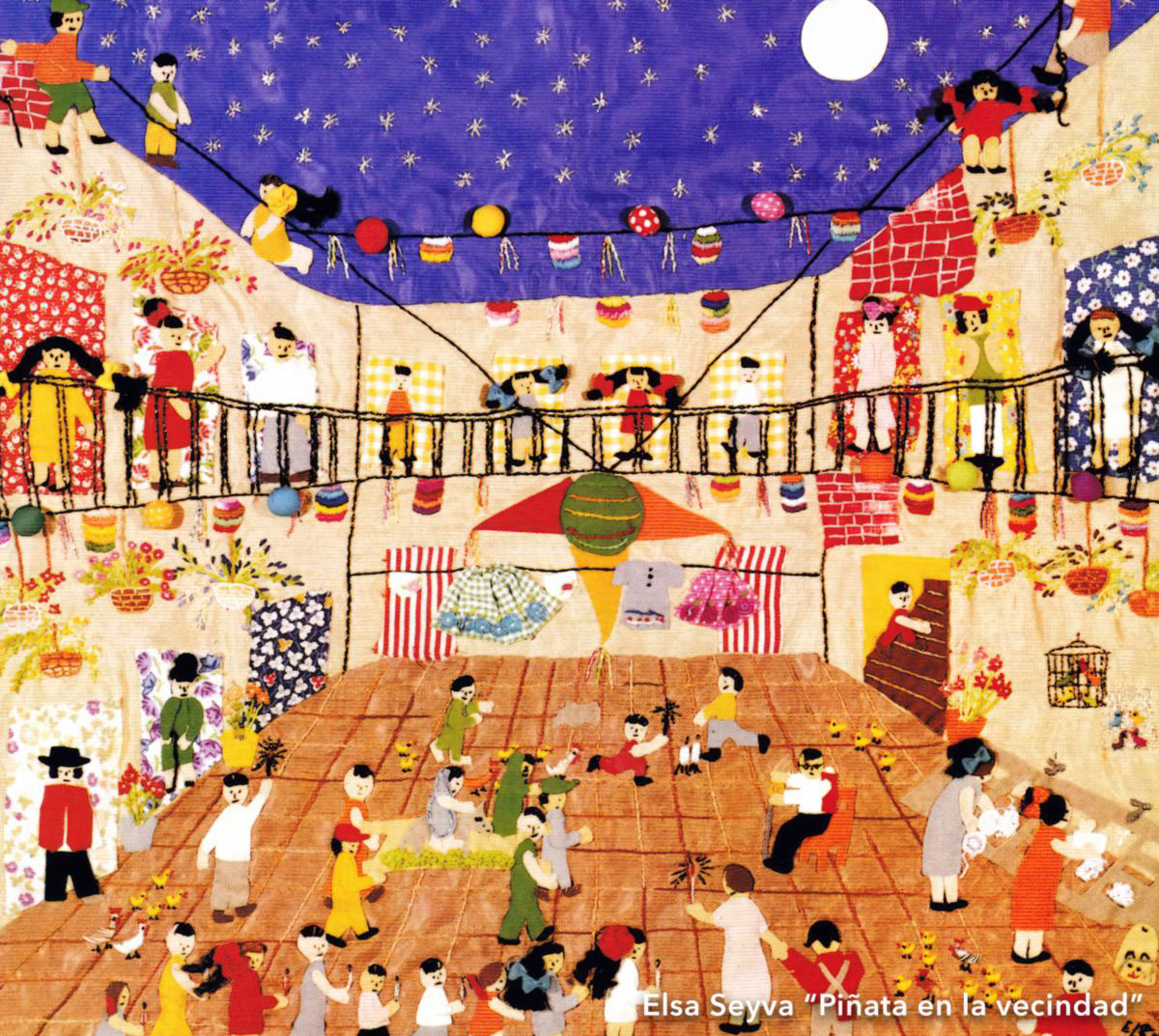
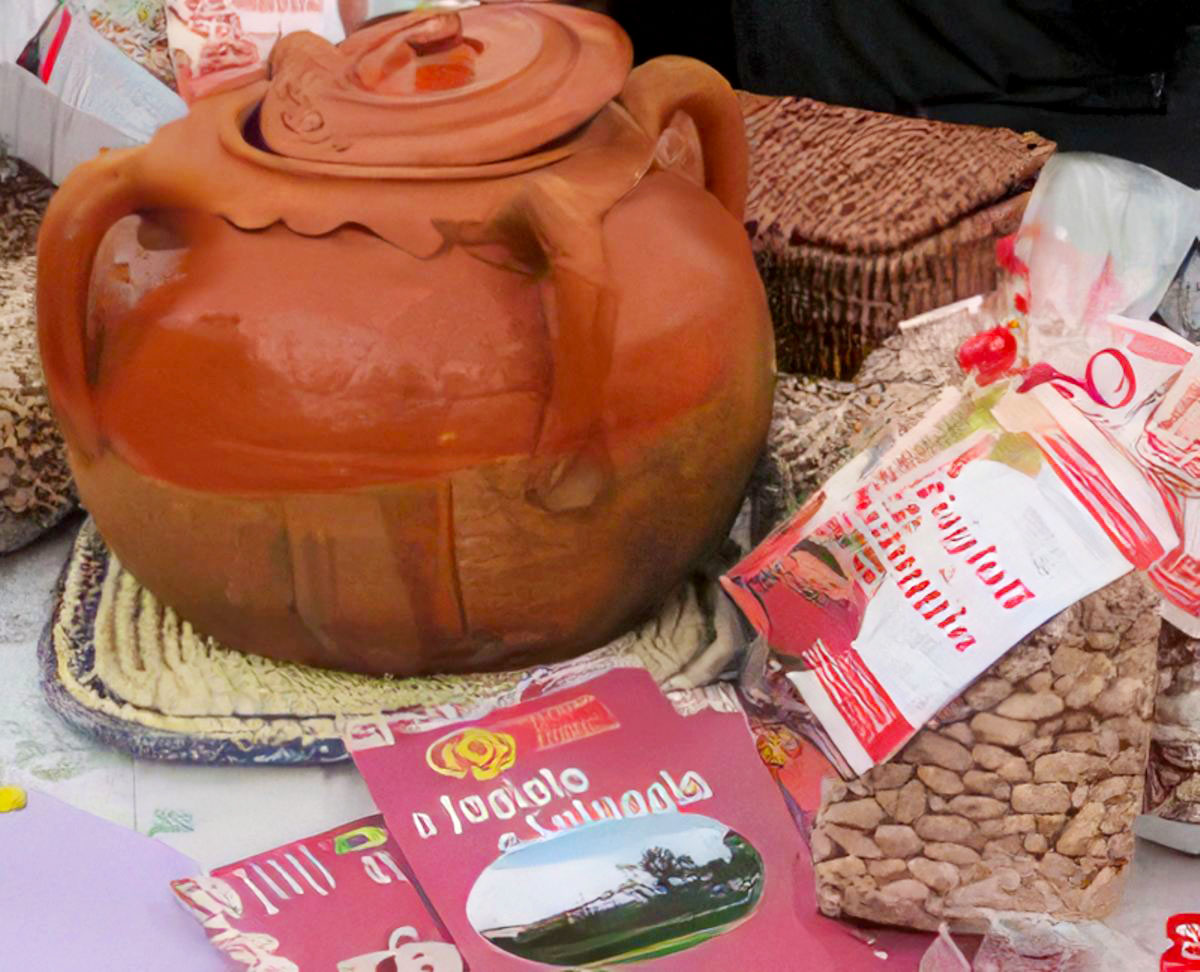
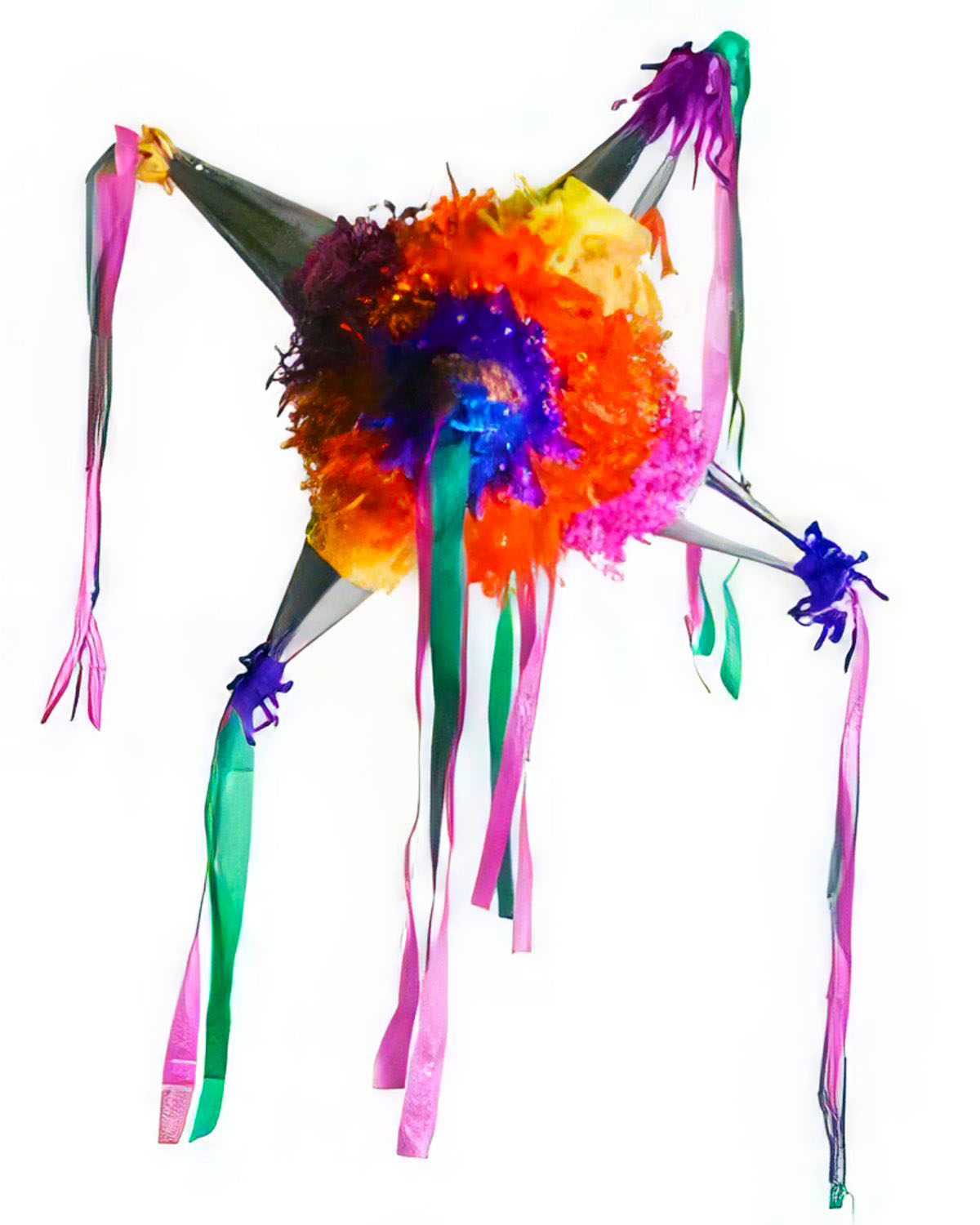
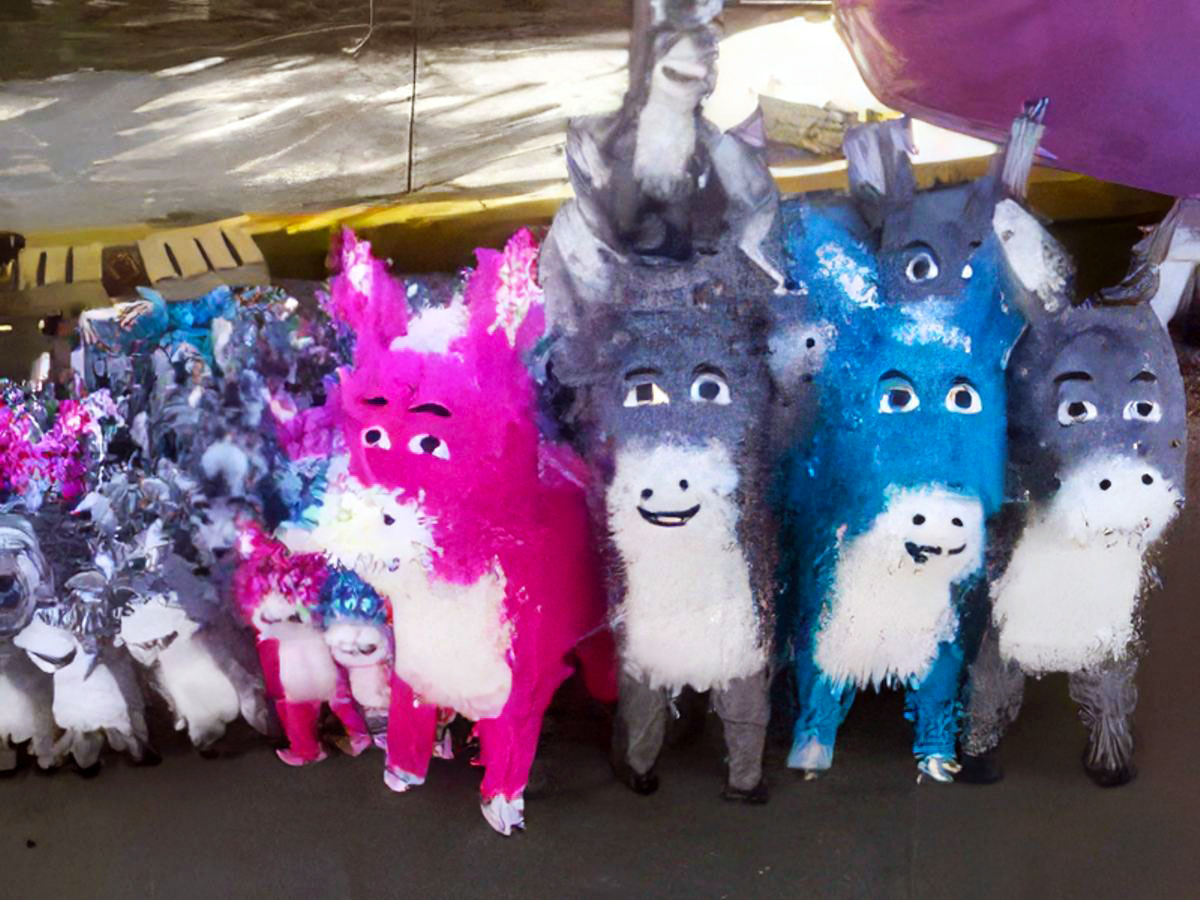
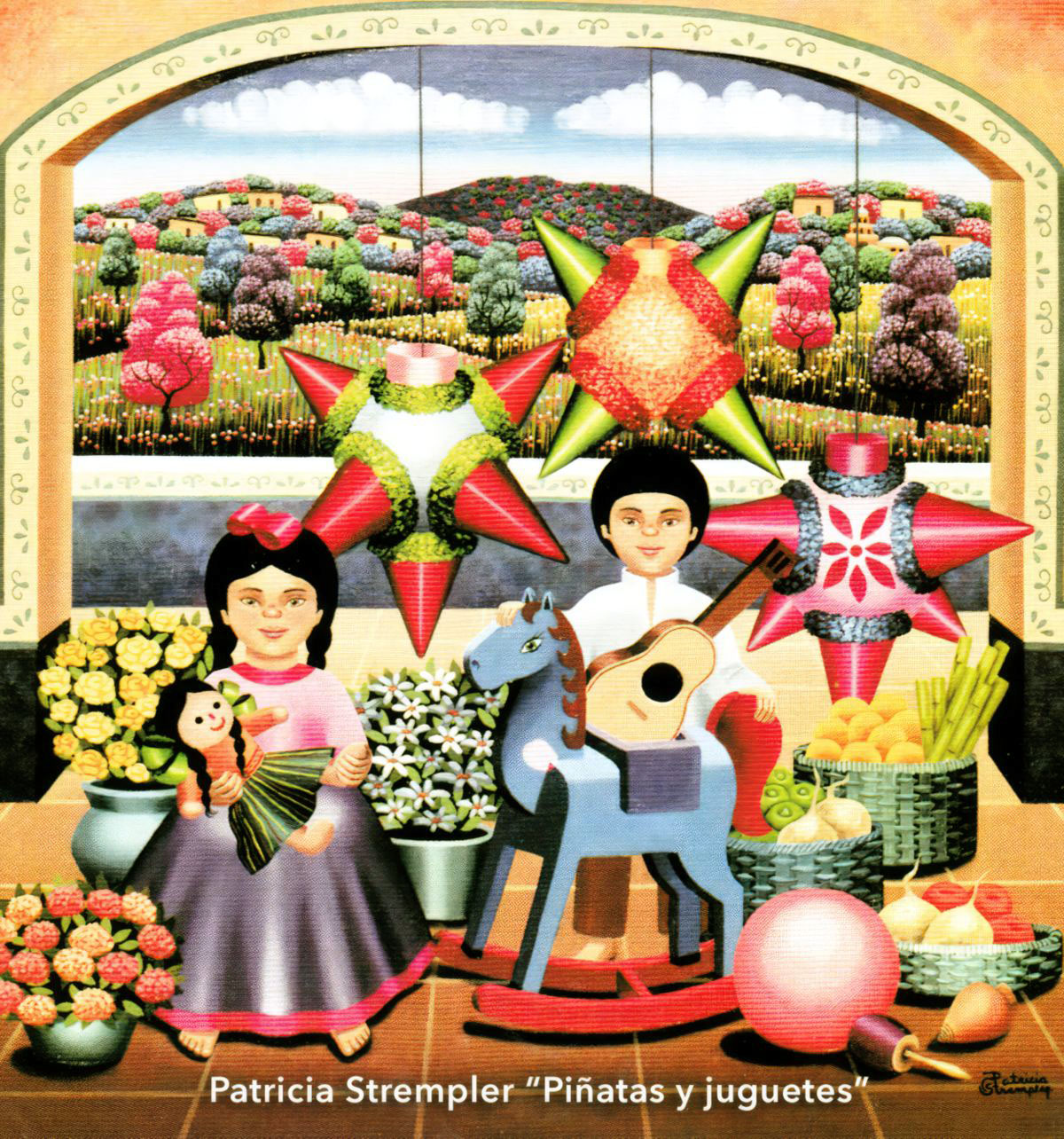
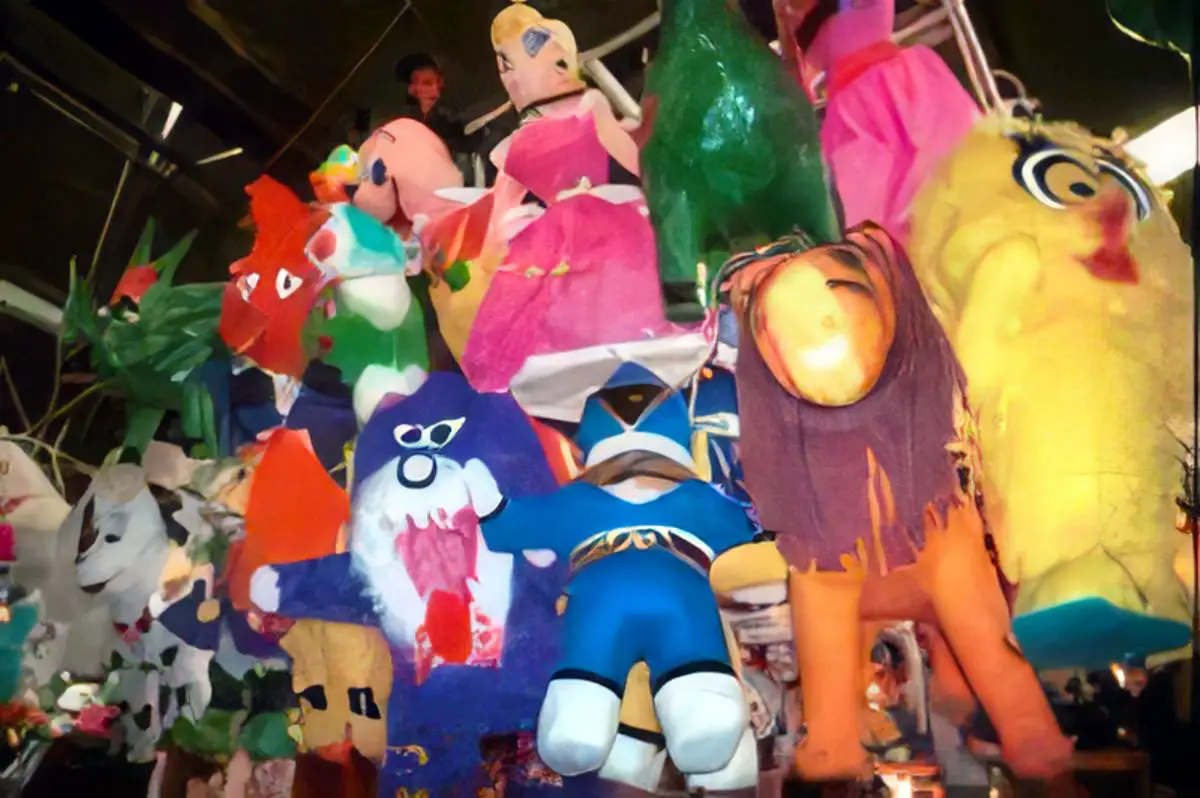
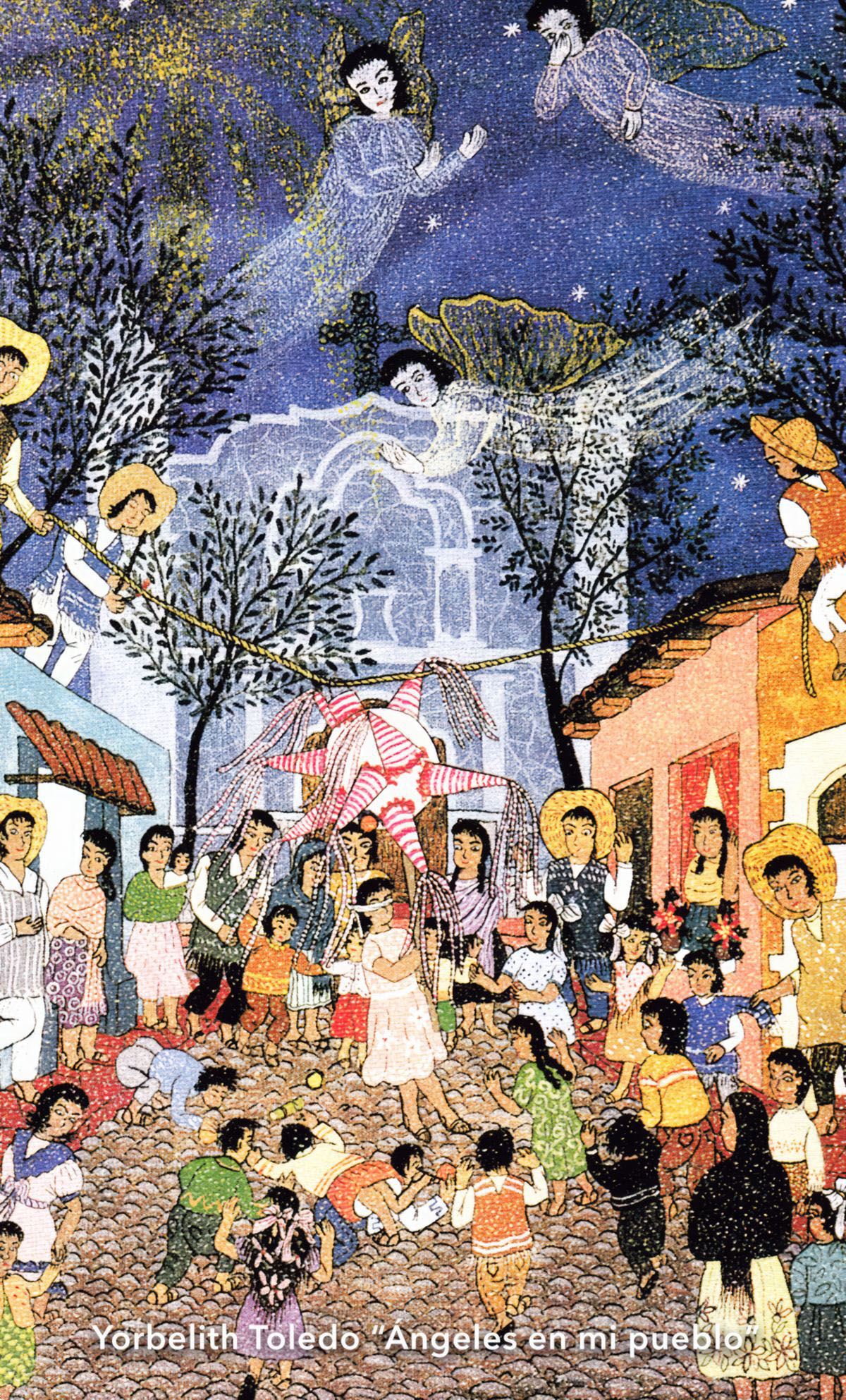

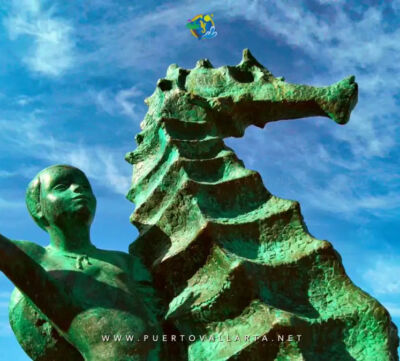


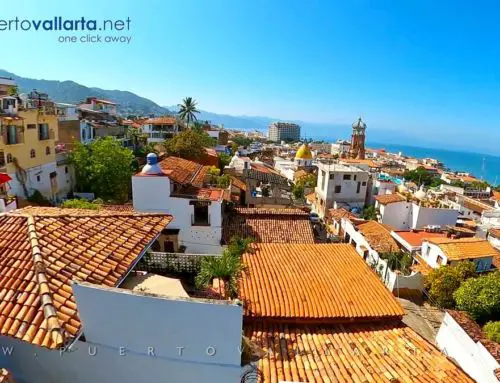



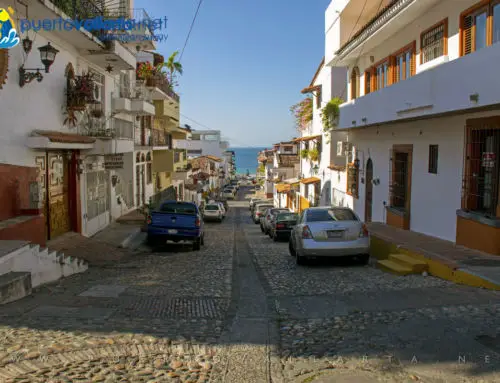
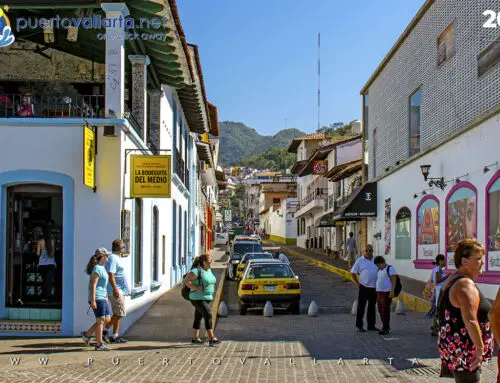


Leave A Comment